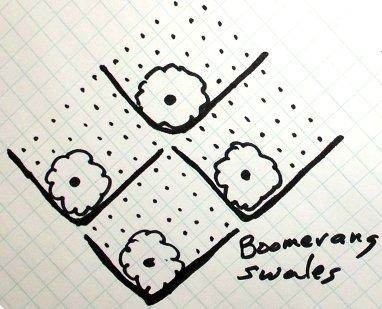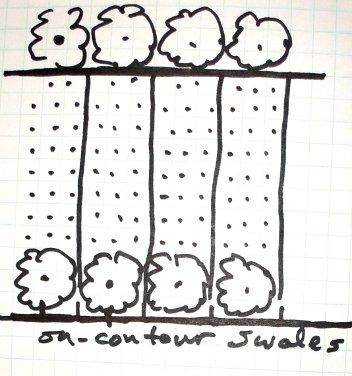





 2
2




 1
1




Joseph Lofthouse wrote:
Depends... (Does the use of that word gain me a permie gold star?)
The genus requires about 10 to 20 inches of water per year, so about 2.5 times more water than falls at Joshua Tree. If a mature Velvet mesquite tree covers an area of 700 square feet, then the collection basin should be 2.5 times that, or 1800 square feet. Screwbean mesquite trees are smaller only covering 300 square feet, ( times 2.5=800 square feet) but they need a bit more water, so...
 2
2





 2
2




jill giegerich wrote:My question is more about the distance between swale rows in arid climates.






Jack Edmondson wrote:
From my understanding it is all about the mulch and organic matter in the swale that can retain the moisture rather than total volume of water that makes the most difference.
I would go with as close as practical staring on the uphill grade; and mulch then ground cover, ground cover, ground cover. While over story is important and mesquite would be a good variety, the ground cover per square foot of coverage is going to cool and protect the soil better than your trees, until they are well established.
 1
1









 2
2








"Always remember to never forget..."

|
You'll never get away with this you overconfident blob! The most you will ever get is this tiny ad:
Rocket Mass Heater Resources Wiki
https://permies.com/w/rmh-resources
|


